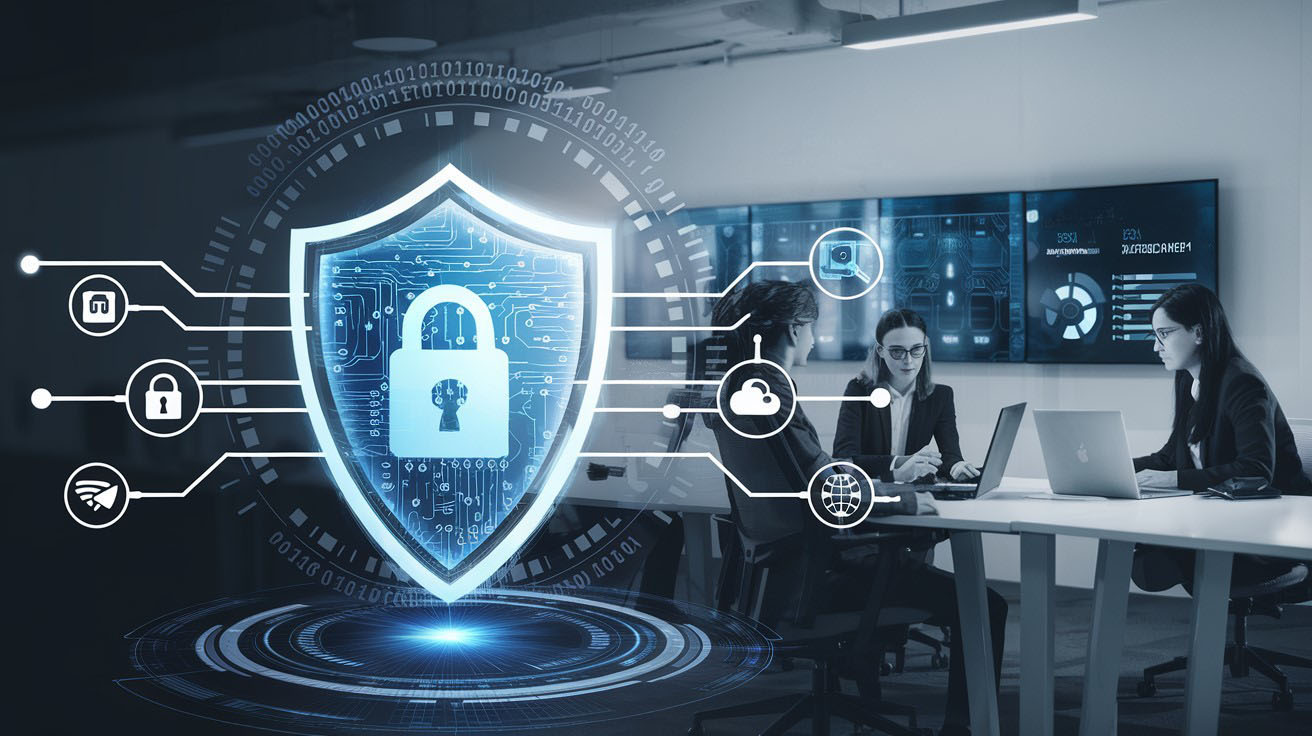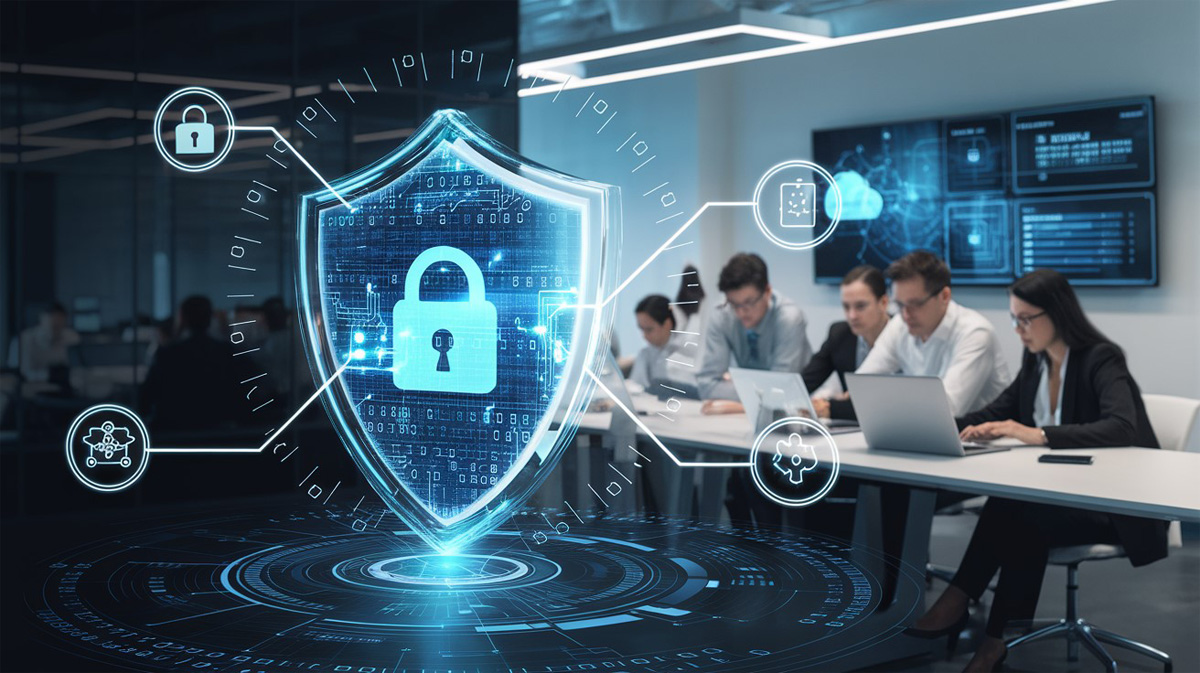Why Reactive IT is a Thing of the Past: The Power of Proactive IT Support
Reactive IT is obsolete—discover how proactive support minimizes downtime, boosts security, and drives efficiency. Partner with InPah to future-proof your business today!

As technology continues to evolve, so do the threats that target businesses online. Cyberattacks are becoming more sophisticated, frequent, and damaging, making cybersecurity a top priority for organizations of all sizes. By 2025, businesses will face even greater challenges as cybercriminals exploit emerging technologies like AI and IoT. In this blog post, we’ll explore essential cybersecurity tips to help your business stay safe online and protect its most valuable assets—data, reputation, and customer trust.
Cybersecurity is no longer just an IT issue—it’s a business imperative. A single breach can result in financial losses, legal liabilities, reputational damage, and loss of customer trust. According to recent studies, the average cost of a data breach is skyrocketing, and small businesses are increasingly targeted due to weaker defenses.

Hackers encrypt critical data and demand payment for its release.
Fraudulent emails trick employees into revealing sensitive information.
Connected devices create new entry points for attackers.
Cybercriminals use artificial intelligence to launch smarter, faster attacks.
The stakes are higher than ever, but with the right strategies, your business can stay one step ahead.
To safeguard your business against evolving threats, here are some actionable cybersecurity tips:
Weak passwords are a leading cause of security breaches. Ensure your team uses complex, unique passwords and enable multi-factor authentication (MFA) for an added layer of protection.
Outdated software is a prime target for hackers. Schedule regular updates for operating systems, applications, and firewalls to patch vulnerabilities and stay secure.
Human error is often the weakest link in cybersecurity. Conduct regular training sessions to educate employees on recognizing phishing attempts, avoiding suspicious links, and following company protocols.
Invest in next-generation antivirus software, intrusion detection systems (IDS), and endpoint protection platforms to identify and neutralize threats in real time.
Encryption ensures that even if data is intercepted or stolen, it remains unreadable without the decryption key. Use encryption for both stored data (at rest) and data in transit.
Ransomware attacks can cripple businesses by locking access to critical files. Regularly back up your data to secure, offsite locations or cloud storage to ensure quick recovery in case of an attack.
Cybersecurity isn’t just about tools and technology—it’s also about fostering a culture of vigilance within your organization.
Executives and managers must prioritize cybersecurity and allocate resources to protect the business. When leadership sets the tone, employees are more likely to take it seriously.
Develop and enforce clear cybersecurity policies, such as acceptable use of company devices, remote work guidelines, and incident response plans. Make sure everyone understands their role in maintaining security.
Conduct periodic audits to identify vulnerabilities and assess the effectiveness of your cybersecurity measures. Use penetration testing to simulate attacks and uncover weaknesses before hackers do.
To stay ahead of threats, businesses must adapt to emerging trends and technologies shaping the future of cybersecurity.
The traditional “trust but verify” model is being replaced by zero trust, which assumes no user or device is inherently trustworthy. Access is granted only after rigorous verification.
AI-powered tools can analyze vast amounts of data to detect anomalies and predict potential threats, enabling faster responses to cyber incidents.
As quantum computing advances, businesses will need quantum-resistant encryption methods to protect sensitive data from future threats.
For many businesses, managing cybersecurity in-house can be overwhelming. Partnering with experts ensures you have access to cutting-edge solutions and industry best practices.
At Information Pathway (InPah), we specialize in providing robust cybersecurity solutions tailored to your business needs. From advanced threat protection to employee training and disaster recovery planning, our team helps you build a resilient defense against cyber threats.
By 2025, cybersecurity will be more critical than ever. Protecting your business requires a proactive approach, combining technology, education, and strategic planning. With these essential tips and the right support, you can safeguard your operations, maintain customer trust, and thrive in an increasingly digital world.
Don’t wait for a cyberattack to strike—take action today to fortify your defenses.
Reactive IT is obsolete—discover how proactive support minimizes downtime, boosts security, and drives efficiency. Partner with InPah to future-proof your business today!
Explore how to craft a winning digital marketing strategy that integrates SEO, content creation, paid advertising, and social media to drive growth and build brand awareness.